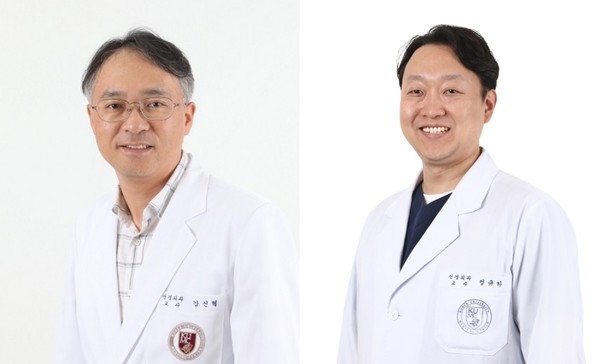A research team at Korea University College of Medicine has confirmed the anticancer effects of psychoactive drugs in treating malignant brain tumors, suggesting a novel therapeutic approach.
A malignant brain tumor is an intractable disease, which leads patients to death after only 12 to 14 months on average, even after receiving treatment. There is a high probability for patients to develop drug tolerance, one of the causes of short survival periods.

The research team conducted a study with interest in drug repositioning -- a process of searching for new indications and confirming efficacy among drugs being used in clinical trials -- to overcome the limitations of existing anticancer drugs for brain tumors, which exhibited low therapeutic effects in clinical settings.
The biggest problem with repositioning drugs for brain tumors is in the passage of the blood-brain barrier, a structural feature of the brain.
The research team, led by Professors Kang Shin-hyuk and Chung Gyu-ha, has verified that Penfluridol, a psychoactive drug used in clinical settings, has excellent anticancer effects at a safe dose.
Researchers also found that the combined use of Temozolomide, the primary treatment for brain tumors, and Penfluridol has superior tumor suppression and increased survival rate, leading to a breakthrough to overcome tolerance.
The study won an award at the conference of the Korean Society for Neuro-Oncology on Sept. 5.
It was exactly a year earlier that the journal Cancer published the research, titled “Repurposing Penfluridol in Combination with Temozolomide for Treatment of Glioblastoma.”

